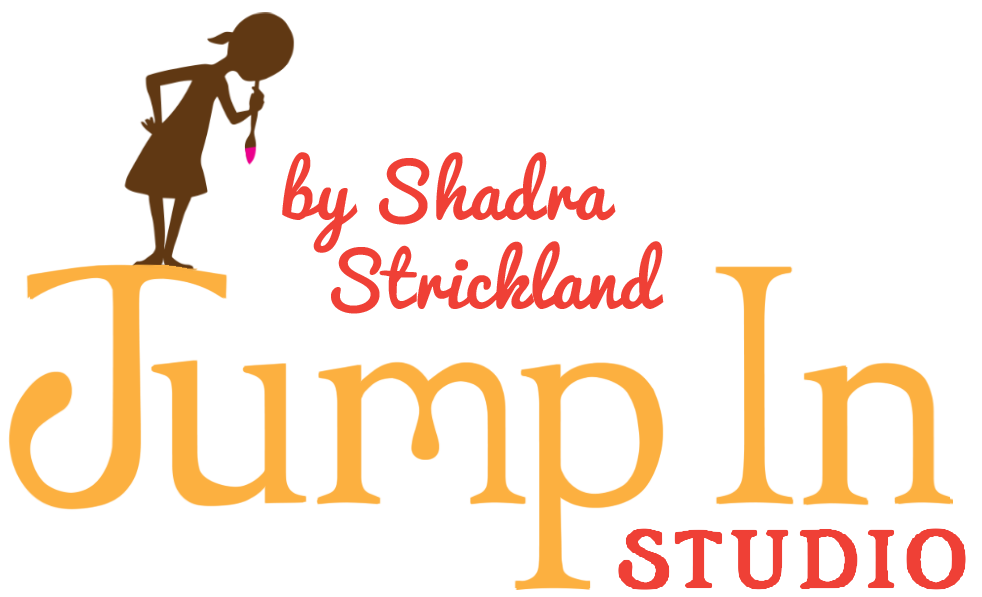Recently there has been a lot of discussion on diversity in both my book world and my academic world. Who’s fault is it that the majority of books being created today reflect limited experiences? Why aren’t there more students of color enrolling and staying in higher ed? Is it the fault of publishers for not being open to the large array of cultural voices in our world? Is it the fault of the book makers for not taking a wider stance in how they see themselves as artists and the type of experiences they want to reflect in the world? Is it the fault of the consumer for having a limited artistic palette and narrow-minded views about what children want and need to see?
Maybe it’s all of the above. Those who know me, know I grew up in Atlanta, GA, where I went to predominately black schools for most of my formative years. I had a steady dose of black culture and history at my fingertips with historic venues like The King Center, APEX Museum, The Hammond House, and events like The National Black Arts Festival at my back door. My mother was an educator (I can’t stress enough how important her role has been in my life), and she has always been interested in learning, teaching, and participating in everything new and stimulating that happened in our world. What a gift it was to be raised by an educator. Though we didn’t have much money, we did have a car, cooler, and a great spirit of adventure and can-do-it-ness that led to many fun trips to Florida, North Carolina, Tennessee, the Carolinas, New York, etc. I am sure if she were able, my mother would have driven me to Mars.
My elementary school, Collier Heights, began at Kindergarten and finished at 7th grade. It fed into Frederick Douglass High School, which began at 8th grade (both were public schools). Mom and I lived in a suburb outside of my zoning district, but because she was a teacher, I could attend school wherever I wanted. She and her siblings (five of them – all college graduates) also matriculated at Collier Heights and Douglass High. I was proud to be a part of such a rich family tradition.
I grew up in apartments but by the time I finished elementary school, my mother had bought our first house. The neighborhood was middle class and racially mixed. Most of the kids attended schools in the area which were predominantly white, and they also took the school bus—an experience I coveted the most.
 So, at the end of sixth grade I begged my mother to enroll me at Lindley Middle with my neighborhood friends. She wasn’t exactly for it, since she was unfamiliar with the school and it’s inhabitants. She also worried about sending me to a school with mostly white students and teachers and feared that I would encounter racism more directly than I had before, but after many discussions and a bit of research, she gave in . . . under one condition: if I began school there I had to finish the entire year, even if I found I didn’t like it. We shook on it, and I began seventh grade at Lindley.
So, at the end of sixth grade I begged my mother to enroll me at Lindley Middle with my neighborhood friends. She wasn’t exactly for it, since she was unfamiliar with the school and it’s inhabitants. She also worried about sending me to a school with mostly white students and teachers and feared that I would encounter racism more directly than I had before, but after many discussions and a bit of research, she gave in . . . under one condition: if I began school there I had to finish the entire year, even if I found I didn’t like it. We shook on it, and I began seventh grade at Lindley.
The first obstacle was class track. Our registrar put me in lower level core classes in spite of my 3.5 + GPA averages from Kindergarten to 6th grade. My mother had to come to the school and meet the administration face to face (again) along with the registrar and teachers in order to make sure I was enrolled in classes that were challenging and beneficial. Growing up in the south makes one especially sensitive to institutional racism. My mother was ALWAYS aware of the way that blacks were underestimated and was ALWAYS ready to challenge and debunk those ideas through her intellect and class. At that time, Claire Huxtable was a strong role model for many black working mothers and I saw mirrored traits in my mother and many of my aunts; especially when it came to standing up for their children.
Seventh grade went off without a hitch. I had a ball, met a bunch of new friends and was able to experience new ways of living and learning. The highlights of my time there were: our library lock-in where we spent the night in the school library reading books with our friends (I was interviewed for the local newspaper and had my picture and a quote on the front page!); learning Miss Sharyn Penquite’s preposition song, which I can still sing to this day; our after school art program, Art Animals; performing with four other girls to Heavy D’s “Somebody For Me” in hand painted t-shirts and jean shorts, and taking the school bus home every day.
A year of great creativity, friendship and learning; and I was only called “nigger” once.
to be continued…
